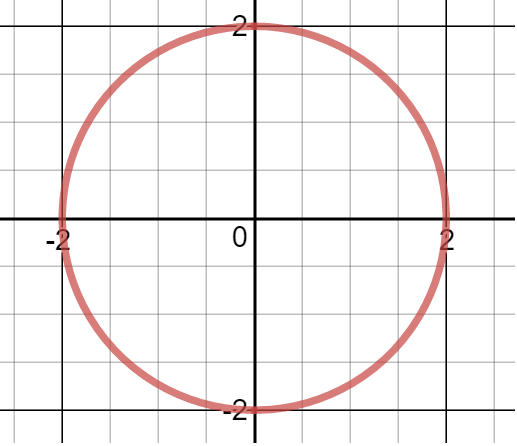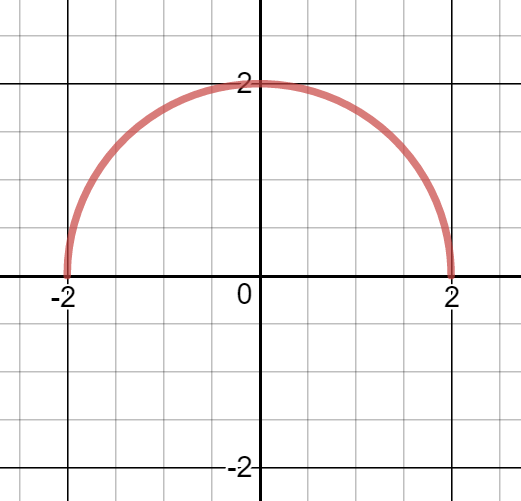We define the concept of a function.
the position of an object with respect to time.
Our observations seem to indicate that every instant in time is associated to a unique positioning of the objects in the universe. You may have heard the saying,
you cannot be two places at the same time,
and it is this fact that motivates our definition for functions.
Something as simple as a dictionary could be thought of as a relation, as it connects words to definitions. However, a dictionary is not a function, as there are words with multiple definitions. On the other hand, if each word only had a single definition, then a dictionary would be a function.
- Since words may have more than one definition, ‘‘relating words to their definition in a dictionary’’ is not a function.
- Since every social security number corresponds exactly to one person, ‘‘relating social security numbers of living people to actual living people’’ is a function.
- Since every person only has one birth date, ‘‘relating people to their birth date’’ is a function.
- Since mothers can have more (or less) than one child, ‘‘relating mothers to their children’’ is not a function.
Mapping people to their birth date is still a function, even though many people have the same birth date. This is an instance of a function in which an output (a birth date) corresponds to many different inputs (people), but this mapping still a function because each input (person) has exactly one output (birth date). Be careful: the only requirement for a function is that each input has exactly one output, not the other way around!
What we are hoping to convince you is that the following are true:
- (a)
- The definition of a function is well-grounded in a real context.
- (b)
- The definition of a function is flexible enough that it can be used to model a wide range of phenomena.
Whenever we talk about functions, we should explicitly state what type of things the inputs are and what type of things the outputs are. In calculus, functions often define a relation from (a subset of) the real numbers (denoted by ) to (a subset of) the real numbers.
- A formula describes the relation using symbols.
- A graph describes the relation using pictures.
The function is the relation itself, and is independent of how it is described.
For example, if and , like on the previous card, . Even though these are
two different formulas, they describe the same relation, so they are equal
functions.
Our next example may be a function that is new to you. It is the greatest integer function.
Notice that both the functions described above pass the so-called vertical line test. This test gives a quick visual check of whether each input (or -value) corresponds to exactly one output (or value).
To use this test, imagine moving a vertical line over a graph starting on the left and then moving to the right. If there is a vertical line that intersects the graph more than once, then the input, , corresponds to more than one output (or -value), so the graph is not the graph of a function. On the other hand, if a vertical line can be moved over an entire graph and always intersects the graph exactly once, then each input corresponds with exactly one output, so the graph is the graph of a function.
Sometimes the domain and range are the entire set of real numbers, denoted by . In our next examples we show that this is not always the case.
Finally, we will consider a function whose domain is all real numbers except for a single point.
Since these two functions do not have the same graph and they do not have the same domain, they must not be the same function.
However, if we look at the two functions everywhere except at , we can say that . In other words, From this example we see that it is critical to consider the domain and range of a function.

